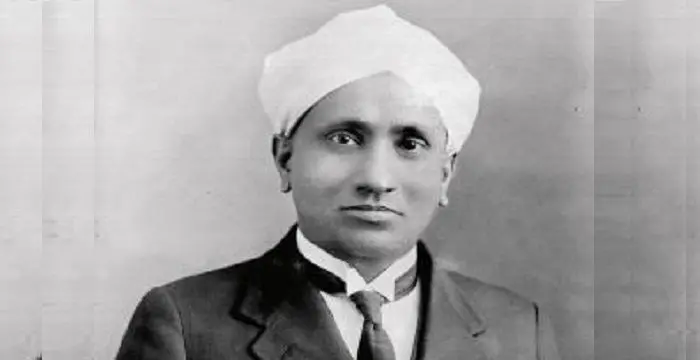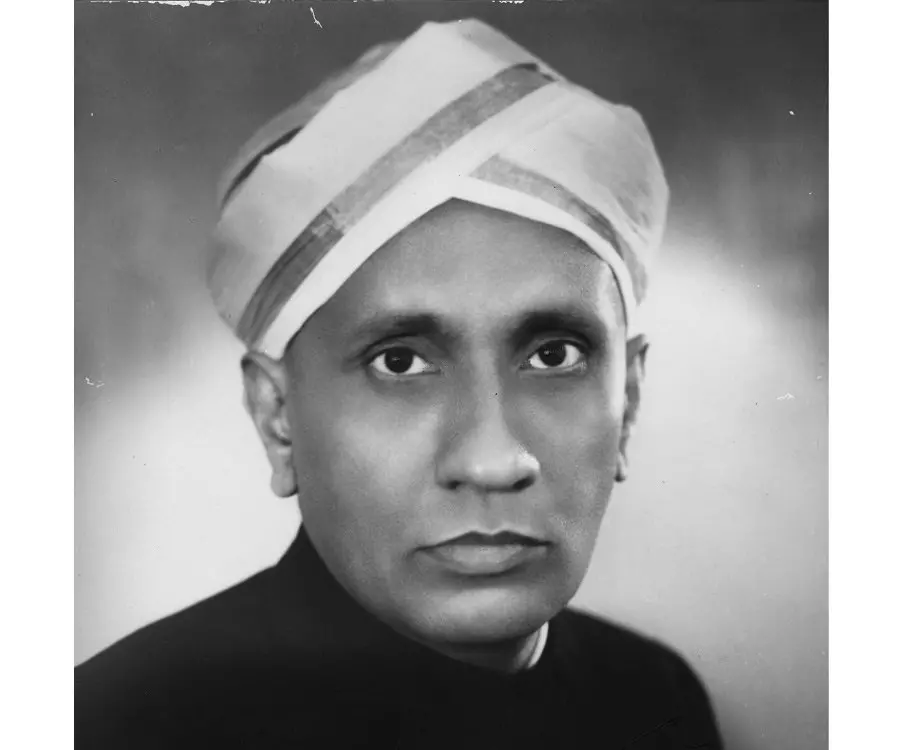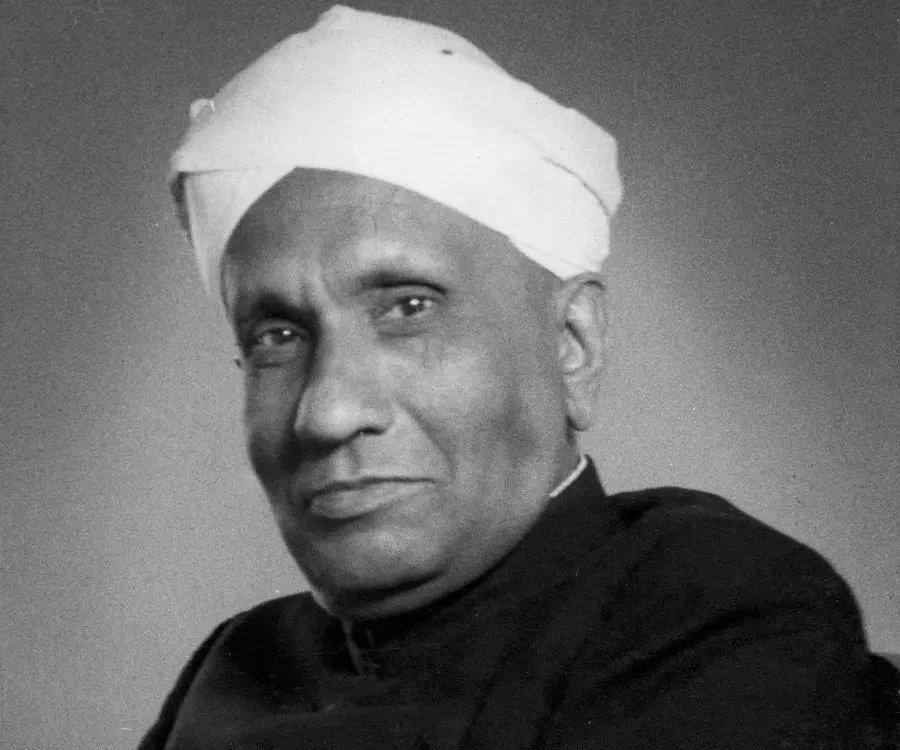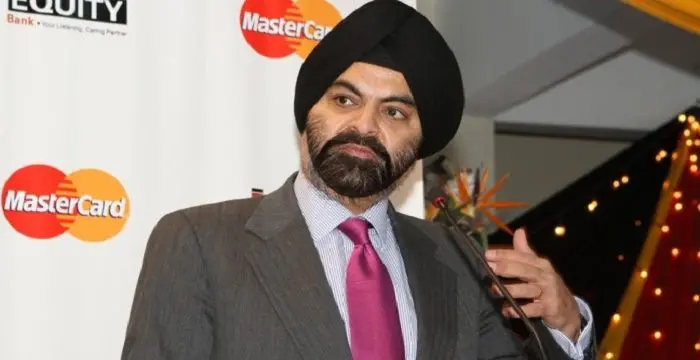
C.V. Raman - Physicists, Career and Life
C.V. Raman's Personal Details
C.V
| Information | Detail |
|---|---|
| Birthday | November 7, 1888 |
| Died on | November 21, 1970 |
| Nationality | Indian |
| Famous | Scientists, Physicists |
| Spouses | Lokasundari Ammal |
| Known as | Sir Chandrasekhara Venkata Raman |
| Discoveries / Inventions |
|
| Birth Place | Tiruchirappalli, Madras Province |
| Religion | Hindu |
| Gender | Male |
| Father | R. Chandrasekhara Iyer |
| Mother | Parvati Amma |
| Sun Sign | Scorpio |
| Born in | Tiruchirappalli, Madras Province |
| Famous as | Physicist |
| Died at Age | 82 |
// Famous Scientists
Juliane Koepcke
Juliane Koepcke is a German-Peruvian biologist, who was the lone survivor among the 92 passengers and crew of the ill-fated LANSA Flight 508 that crashed in the Peruvian rainforest on 24 December 1971. Know more about her life in this biography.
Henry Cavendish
Henry Cavendish was a theoretical chemist and physicist, renowned for discovery of hydrogen and calculation of the mass of earth. To know more about his childhood, profile, timeline and career read on
Konstantin Tsiolkovsky
Konstantin Tsiolkovsky was a Russian rocket scientist and a pioneer of astronautics. This biography provides detailed information about his childhood, family, personal life, career, achievements, etc.
C.V. Raman's photo
Who is C.V. Raman?
Sir Chandrasekhara Venkata Raman, the Indian physicist who made his motherland proud by becoming the first Indian to win the Nobel Prize for Physics, was a scientist par excellence. He displayed a brilliant mind even as a child and passed his matriculation examination at a much younger age as compared to other students. As the son of a lecturer in mathematics and physics, the young Raman was exposed to an academic environment from the very beginning. A topper throughout his academic days, he was deeply interested in research; in fact he began his research work on optics and acoustics even while he was a student. Even though he started his career as a Deputy Accountant General, still he could not keep away from research, often staying up whole nights to discover new things in the field of physics. He was intrigued by the blue colour of glaciers and the Mediterranean sea and wanted to unravel the mystery that why water, a colorless liquid, appeared blue to the eyes. Thus began a series of experiments on the scattering of light which ultimately led to what came to be known as the ‘Raman Effect’ for which he won the Nobel Prize in Physics.
// Famous Physicists
Henry Cavendish
Henry Cavendish was a theoretical chemist and physicist, renowned for discovery of hydrogen and calculation of the mass of earth. To know more about his childhood, profile, timeline and career read on
Walter Kohn
Nobel Laureate Walter Kohn was an Austrian-born American theoretical chemist and physicist. Check out this biography to know about his childhood, life, achievements, works & timeline.
Nikola Tesla
Nikola Tesla was a Serbian-American inventor, best known for his development of alternating current electrical systems. This biography of Nikola Tesla provides detailed information about his childhood, life, achievements, works & timeline.
Childhood & Early Life
He was born near a small village in Tiruchirapalli to R. Chandrasekhara Iyer and Parvathi Ammal. His father, initially a school teacher, became a lecturer in mathematics and physics in a college in Vishakhapatnam.
Raman studied in St. Aloysius Anglo-Indian High School at Vishakapatnam. He was a brilliant student and passed his matriculation examination when he was just 11. At the age of 13 he passed his F.A. examination (equivalent to today’s intermediate examination) with a scholarship.
He joined the Presidency College in Madras in 1902 and received his B.A. in physics in 1904. He topped the exams and won a gold medal. Three years later, he earned his M.A. degree in 1907.
Career
Though he was deeply interested in science, he appeared for the Financial Civil Service (FCS) examination at the insistence of his father. He topped the examination and went to Calcutta in 1907 to join the Indian Finance Department as Assistant Accountant General.
Still his heart was in scientific research and he began conducting research at the Indian Association for Cultivation of Sciences during his free time. His job was very hectic, yet he was so dedicated towards science that he often spent nights at research.
Even though the facilities available at the association were very limited, it did not deter Raman at all who went on to publish his findings in leading international journals like ‘Nature’, ‘The Philosophical Magazine’, and ‘Physics Review’. During this time, his research was basically in the areas of vibrations and acoustics.
In 1917, he got the opportunity to join the University of Calcutta as the first Palit Professor of Physics. Raman happily resigned from his government post to take up this position though the new job paid much less than the previous one. Such was his dedication to science.
In 1919, he was made the Honorary Secretary of the Indian Association for the Cultivation of Science, a post he held till 1933. He was very popular and many students gathered around him, attracted by his immense knowledge of science.
During the late 1920s he experimented on the scattering of light by observing the behavior of monochromatic light which penetrated transparent materials and fell on a spectrograph. This led to the discovery of what came to be known as ‘Raman Effect’ which he presented at a meeting of scientists in 1928.
He was invited by the Indian Institute of Science (IISc) Bangalore to become its Director. He accepted the post in 1933, becoming the first Indian to hold this post. He served as the director till 1937 though he continued as the head of the Physics Department till 1948.
In 1948 he established the Raman Research Institute (RRI) in Bangalore for conducting scientific research in different fields of physics. He continued with his research in the institute till his death.
Major Works
He is best known for discovering the ‘Raman Effect’, or the inelastic scattering of a photon. He showed through experimentation that when light traverses a transparent material, some of the deflected light changes in wavelength. This was a ground breaking discovery in early 20th century physics.
Awards & Achievements
He won the 1930 Nobel Prize in Physics "for his work on the scattering of light and for the discovery of the Raman Effect", becoming the first Indian to win a Nobel Prize in the sciences.
He was honored with the Bharat Ratna, India’s highest civilian award, in 1954 in recognition of his invaluable contributions to the field of science.
Personal Life & Legacy
He married Lokasundari Ammal in 1907 and had two sons with her—Chandrasekhar and Radhakrishnan.
He lived a long and productive life and was active till the very end. He died in 1970 at the age of 82.
Trivia
This great scientist was the paternal uncle of another excellent scientist and Nobel laureate, Subrahmanyan Chandrasekhar.
// Famous Scorpio Celebrities peoples
Teddy Zois
Teddy Zois is an American Musical.ly star and social media personality. Let’s have a look at his family and personal life including age, date of birth, net worth, and fun facts.
Kyla Cole
Kyla Cole is a Slovak glamour model and former television presenter. This biography profiles her childhood, life, modeling career, achievements and timeline.
Dominic Tracy
Dominic Tracy is an American YouTube Star. Let’s take a look at his family & personal life including age, date of birth, girlfriends, net worth, and fun facts.
C.V. Raman's awards
| Year | Name | Award |
|---|---|---|
Other | ||
| 0 | Nobel Prize in Physics (1930) | |
| 0 | Bharat Ratna (1954) | |
C.V. Raman biography timelines
- // 7th Nov 1888He was born near a small village in Tiruchirapalli to R. Chandrasekhara Iyer and Parvathi Ammal. His father, initially a school teacher, became a lecturer in mathematics and physics in a college in Vishakhapatnam.
- // 1902 To 1907He joined the Presidency College in Madras in 1902 and received his B.A. in physics in 1904. He topped the exams and won a gold medal. Three years later, he earned his M.A. degree in 1907.
- // 1907Though he was deeply interested in science, he appeared for the Financial Civil Service (FCS) examination at the insistence of his father. He topped the examination and went to Calcutta in 1907 to join the Indian Finance Department as Assistant Accountant General.
- // 1907He married Lokasundari Ammal in 1907 and had two sons with her—Chandrasekhar and Radhakrishnan.
- // 1917In 1917, he got the opportunity to join the University of Calcutta as the first Palit Professor of Physics. Raman happily resigned from his government post to take up this position though the new job paid much less than the previous one. Such was his dedication to science.
- // 1919In 1919, he was made the Honorary Secretary of the Indian Association for the Cultivation of Science, a post he held till 1933. He was very popular and many students gathered around him, attracted by his immense knowledge of science.
- // 1928During the late 1920s he experimented on the scattering of light by observing the behavior of monochromatic light which penetrated transparent materials and fell on a spectrograph. This led to the discovery of what came to be known as ‘Raman Effect’ which he presented at a meeting of scientists in 1928.
- // 1930He won the 1930 Nobel Prize in Physics "for his work on the scattering of light and for the discovery of the Raman Effect", becoming the first Indian to win a Nobel Prize in the sciences.
- // 1933He was invited by the Indian Institute of Science (IISc) Bangalore to become its Director. He accepted the post in 1933, becoming the first Indian to hold this post. He served as the director till 1937 though he continued as the head of the Physics Department till 1948.
- // 1948In 1948 he established the Raman Research Institute (RRI) in Bangalore for conducting scientific research in different fields of physics. He continued with his research in the institute till his death.
- // 1954He was honored with the Bharat Ratna, India’s highest civilian award, in 1954 in recognition of his invaluable contributions to the field of science.
- // 21st Nov 1970He lived a long and productive life and was active till the very end. He died in 1970 at the age of 82.
// Famous Indian peoples
Sunny Leone
Sunny Leone is an actress and model. Check out this biography to know about her birthday, childhood, family life, achievements and fun facts about her.
Swami Vivekananda
Swami Vivekananda was the chief disciple of Sri Ramakrishna, and was responsible for awakening India spiritually. Check this biography to know in detail about his life, profile and timeline.
Ajaypal Banga
Ajaypal Banga is an Indian-American business executive who is the CEO of MasterCard. Check out this biography to know about his childhood, family life, achievements and fun facts about him.
Ruskin Bond
Ruskin Bond is an award winning Indian author of British descent. This biography of Ruskin Bond provides detailed information about his childhood, life, achievements, works & timeline.
Urmila Matondkar
Urmila Matondkar is an Indian film actress known for her films like ‘Rangeela’ and ‘Satya.’ Check out this biography to know about her childhood, family life, achievements and fun facts about her.
Ashoka
Ashoka was the third emperor of the Mauryan Dynasty and ruled almost the entire Indian subcontinent. This biography profiles his childhood, life, reign, achievements and timeline
C.V. Raman's FAQ
What is C.V. Raman birthday?
C.V. Raman was born at 1888-11-07
When was C.V. Raman died?
C.V. Raman was died at 1970-11-21
Where was C.V. Raman died?
C.V. Raman was died in Bangalore, India
Which age was C.V. Raman died?
C.V. Raman was died at age 82
Where is C.V. Raman's birth place?
C.V. Raman was born in Tiruchirappalli, Madras Province
What is C.V. Raman nationalities?
C.V. Raman's nationalities is Indian
Who is C.V. Raman spouses?
C.V. Raman's spouses is Lokasundari Ammal
What is C.V. Raman's inventions/discoveries?
Raman Effect was invented (or discovered) by C.V. Raman
What is C.V. Raman's religion?
C.V. Raman's religion is Hindu
Who is C.V. Raman's father?
C.V. Raman's father is R. Chandrasekhara Iyer
Who is C.V. Raman's mother?
C.V. Raman's mother is Parvati Amma
What is C.V. Raman's sun sign?
C.V. Raman is Scorpio
How famous is C.V. Raman?
C.V. Raman is famouse as Physicist
















